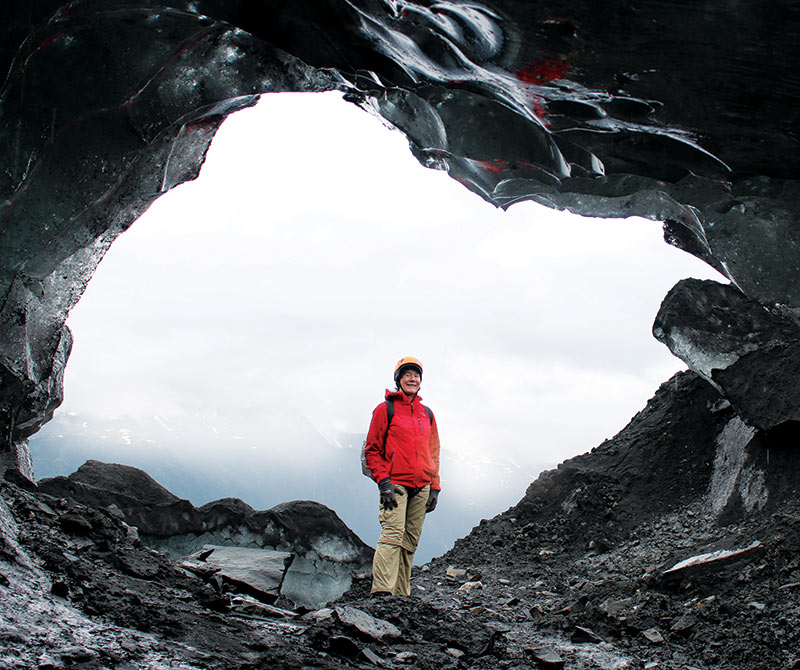Energizing Change Ellen Williams
Winter
2019
Feature
Energizing Change Ellen Williams
Rachel Kaufman, Editor
Now, the former head of the Advanced Research Projects Agency-Energy (ARPA-E) is bringing her wisdom, experience, and climate optimism to PhysCon to inspire the next generation to use their physics knowledge to solve the world’s most pressing energy problems.
Climate change “is very scary, [but] I have to be optimistic. We can do it—and we just have to do it,” Williams says.
In a way, coming back to energy innovation—both at ARPA-E and in her post-ARPA-E career—is coming full circle for Williams, who was very excited about environmental issues way back in high school. But as an undergraduate, she became “more oriented toward physical chemistry,” and eventually, surface science. Her research at the University of Maryland focused on studying the growth of materials used in semiconductors.
For decades she did this work, racking up numerous publications, awards, and honors along the way. Then in 2010, BP came knocking.
“I was invited to apply for the position of chief scientist at BP, and I thought, ‘How could I possibly do that?’ And then I thought, ‘Maybe I could.’” Williams was still interested in energy and climate change, and, at that time, BP was investing in solar and biofuels, so it seemed like a match. During her tenure at BP, Williams ran a sustainability initiative at the company and led the creation of reference publications on oil and gas’s impact on the environment, specifically on water, land, and scarce materials, in addition to climate change.
In 2014, she was tapped by Ernest Moniz, then the US secretary of energy, to head up ARPA-E, the DOE’s agency focused on identifying and funding cutting-edge energy technologies. “It’s a great agency, it was a wonderful job. I had an incredibly productive time there,” she says. When asked for examples of the types of innovative technologies that ARPA-E supports, Williams says there are so many that it’s hard to select just a few. She describes radiative cooling–the development of materials that emit waste heat to outer space and create passive cooling. She also is enthusiastic about developing plant-based photosynthesis to extract carbon dioxide from the air and store it as solid materials in the soil. She offers other examples in energy storage, low-energy materials processing techniques, high-power lasers for accessing geothermal energy, energy implications of vehicle automation, and pauses to say, “Obviously I could talk about this all day.”
With the change of administration in 2016 came another job change, and Williams found herself back at UMD, teaching, researching, and consulting on energy technology innovation. “It was actually a bit of a surprise [to be back in the energy field],” after all these years, she says. “I went away from that path [but] it never left me. But the skills I developed through my life made it possible for me to make that transition,” she says. Williams adds that undergraduates should also focus on developing their “skills…. Find the things that excite you and that you can do well, and get really good at them. And then you can take those skills and go out and find the problems where you can have an impact.”

